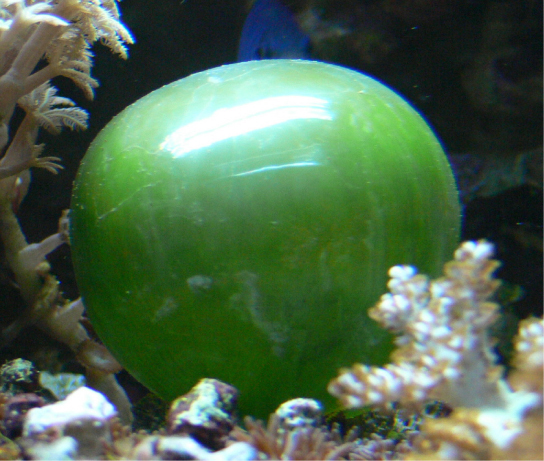| << Chapter < Page | Chapter >> Page > |
The inspired and expired air may be sometimes very useful, by condensing and cooling the blood that passeth through the lungs; I hold that the depuration of the blood in that passage, is not only one of the ordinary, but one of the principal uses of respiration.Robert Boyle, in New Experiments ... Touching the Spring of Air , 1660
The primary function of the respiratory system is to deliver oxygen to the cells of the body’s tissues and remove a waste product, carbon dioxide (the process which Boyle called "depuration"). The main structures of the human respiratory system are the nasal cavity, the trachea, and lungs, and these structures are what brings oxygen into the human body and removes carbon dioxide from the human body. As you learned previously, the circulatory system is responsible for moving oxygen from the lungs to the tissues and for moving carbon dioxide from the tissues and taking it to the lungs. At the cellular level the oxygen is needed to make ATP from the energy stored in glucose and other organic molecules; carbon dioxide is a waste product of harvesting that energy. In other words, the respiratory system gets the oxygen inside the body, the circulatory system moves the oxygen around the body getting it to the cells, the cells use the oxygen to produce energy and in the process produce carbon dioxide as a waste, the circulatory system removes the carbon dioxide from the cell and delivers it to the lungs, and the respiratory system removes the carbon dioxide from the body. In vertebrates, the respiratory and circulatory work very closely together in order to allow for gas exchange between the inside and outside of the organism.
All aerobic organisms require oxygen to carry out their metabolic functions. Over evolutionary time, different organisms have devised different means of obtaining oxygen from the surrounding atmosphere. The environment in which the animal lives greatly determines how an animal respires. The complexity of the respiratory system is correlated with the size of the organism. As animal size increases, diffusion distances increase and the ratio of surface area to volume drops. In unicellular organisms, diffusion across the cell membrane is sufficient for supplying oxygen to the cell ( [link] ). Diffusion is a slow, passive transport process. Therefore, dependence on diffusion as a means of obtaining oxygen and removing carbon dioxide remains feasible only for small organisms or those with highly-flattened bodies, such as many flatworms (Platyhelminthes). Larger organisms had to evolve specialized respiratory tissues, such as gills, lungs, and respiratory passages accompanied by a complex circulatory systems, to transport oxygen throughout their entire body.

For small multicellular organisms, diffusion across the outer membrane is sufficient to meet their oxygen needs. Gas exchange by direct diffusion across surface membranes is efficient for organisms less than 1 mm in diameter. In simple organisms, such as cnidarians and flatworms, every cell in the body is close to the external environment. Their cells are kept moist and gases diffuse quickly via direct diffusion. Flatworms are small, literally flat worms, which ‘breathe’ through diffusion across the outer surface ( [link] ). The flat shape of these organisms increases the surface area for diffusion, ensuring that each cell within the body is close to the outer surface and has access to oxygen. If the flatworm had a cylindrical body, then the cells in the center would not be able to get oxygen.

Notification Switch
Would you like to follow the 'Principles of biology' conversation and receive update notifications?